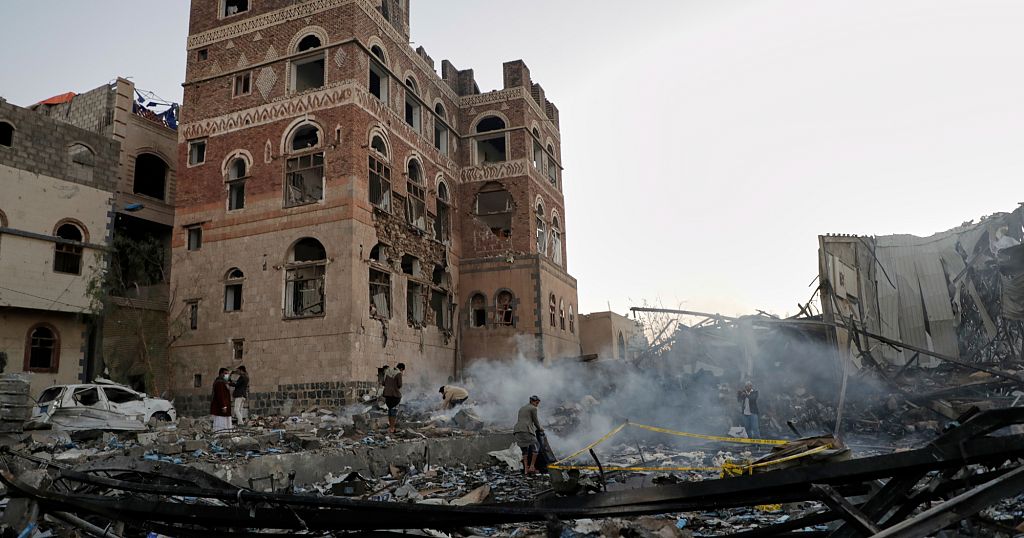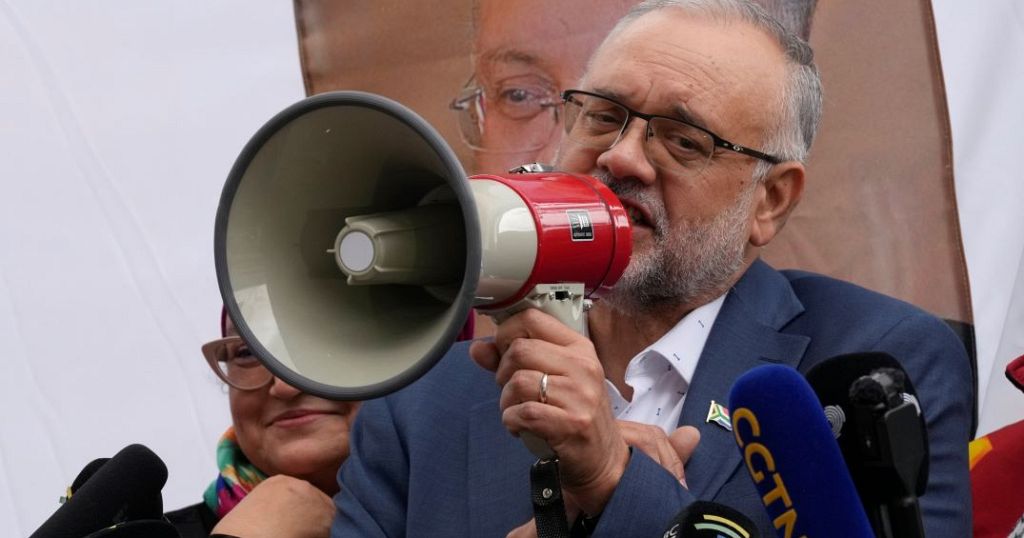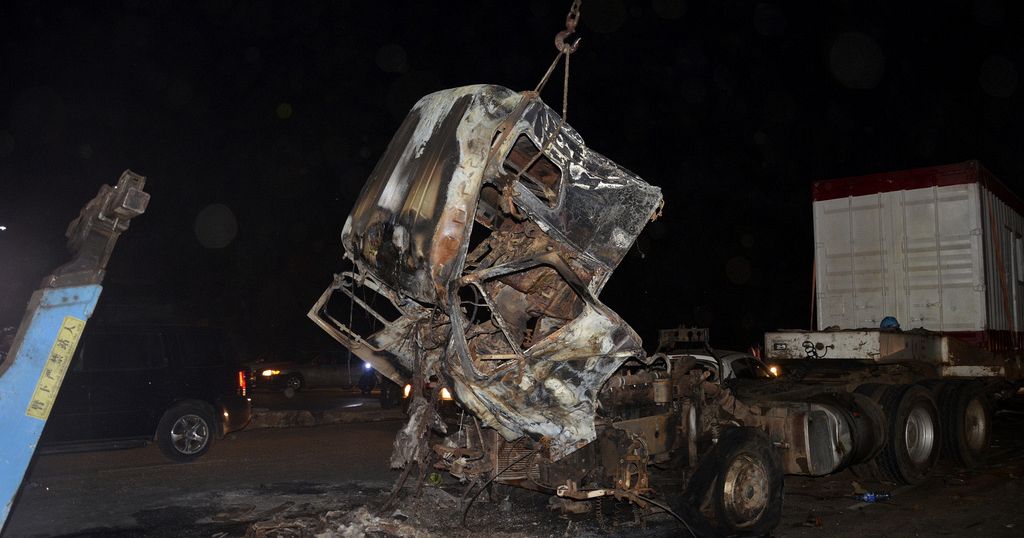Uganda’s refugees are 3.6% of its population

Uganda hosts Africa’s largest refugee camp, 1.6 million people. More than twice as many as those in the European Union, as a percentage of its population.
But financial cuts could put its open-door model in jeopardy. Most of the refugees come from neighboring South Sudan and the Democratic Republic of Congo, both tormented by violence and clashes.
81% of them are women and children, often fleeing after their villages were assaulted and their husbands and fathers got killed.
The Nakivale settlement, home to 185.000 people in South West Uganda, receives new arrivals every week. “I was outside, and when I was back home, my family had left. And so I also left. I haven’t seen them” a displaced boy said.
Uganda lets everyone come in, benefitting from the humanitarian aid provided by international partners, who finance infrastructures like schools and hospitals, used both by refugees and the local population.
The government even grants immediate protection to those who come from regions at war, as explains Claire Birungi Agaba from the Norwegian Refugee Council, one of the organizations involved.
“When it comes to Congolese, to Sudanese and South Sudanese, they are able to get prima facie. It enables a directive by the government, once they have an emergency in the countries of origin, that causes a large influx of people to move. So they are given (refugee) status and they don’t go through that process, the entire process of registration” Claire Birungi Agaba, Norwegian Refugee Council.
In the settlements, every refugee is entitled to a small plot to cultivate and cash/food support, while unaccompanied minors are entrusted to foster families of other refugees.
But challenges are huge. In Nakivale, poverty and school dropout are widespread, and refugees who don’t work struggle to cope with the 3kg of rice and half a kg of beans per month provided to them.
A stunting rate of 40%, and up to 10-15% acute malnutrition rate among children under five, reached during the emergency peaks, strongly affecting immune defences and child development.
“So the result is that such children are both susceptible to getting infections and also to dying from such infections. That is the biggest consequence of acute malnutrition in children” saysDoctor Justin Okello, Nakivale Health Center III.
While the civil war in Sudan is the last crisis to face in the region, the level of global humanitarian assistance to Uganda has decreased over the years.
In 2018, around $170 was spent per year per refugee. Today, only $85, says Bruno Rotival, Head of EU Humanitarian Aid in Uganda. While the EU kept its contribution around 30 million a year.
“All the operations are suffering from a funding deficit. And I do believe that the more acute crises are getting more money. Uganda being a more stabilized country, humanitarian provision perhaps does suffer a bit more, but we’re confident that we’re going to be able to maintain all level of support”
SOT Vincenzo Genovese, Euronews / VO
Uganda’s government is asking for more funds from international partners to maintain its unique policy on refugees. An increase in arrivals, 225.000 only in the last two years, and a very high birth rate in refugee settlements put it at risk.
Source: Africanews















